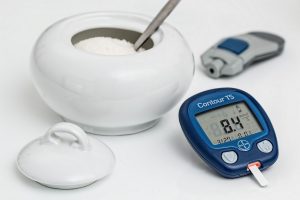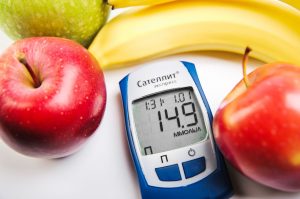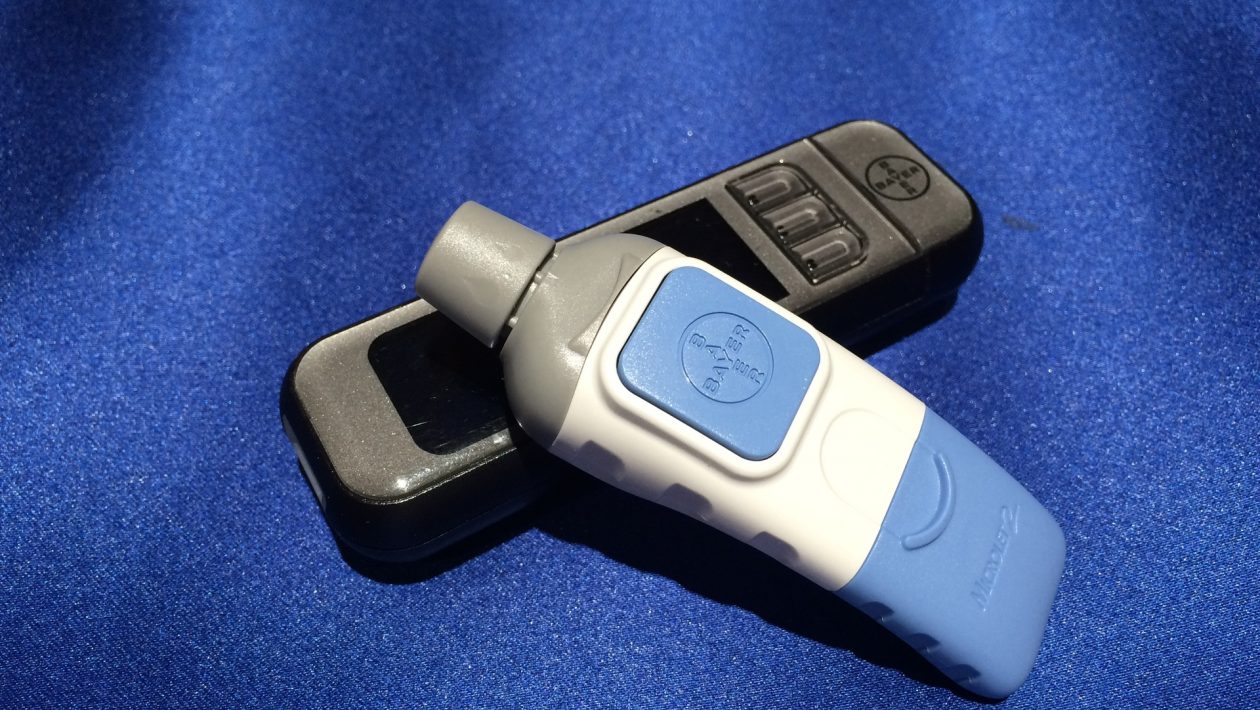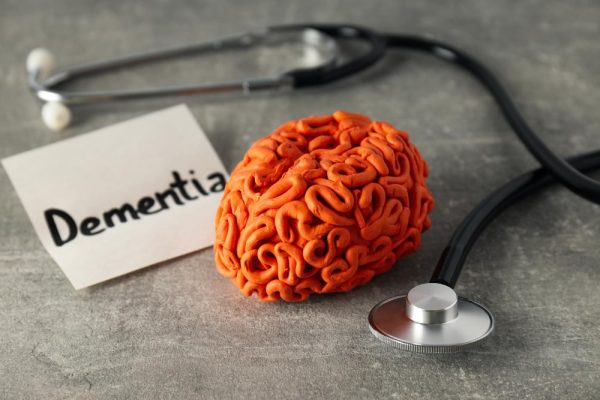Statistics say that every eight seconds, the silent killer diabetes kills a person. If someone has diabetes or needs to take preventive measures, they have to start now. Managing your diabetes is far more than a simple science — it is an art indeed. But how will you manage diabetes if you don’t know that you are diabetic or not? That is where steps in the importance of diabetes symptoms come to the rescue.
Table of Contents
Diabetes and its physiology
Diabetes is a dreaded disease. It can have myriad causes but the symptoms of the disease are comparatively streamlined and can be easily identified at a personal level on closer scrutiny. Diabetes mellitus or commonly called diabetes is a disorder in which the blood sugar level of the patient rises above normal values. The normal blood sugar in a healthy individual lies in the range of 70-130mg/dl of blood. Values above this range are clearly indicative and show that the person is a diabetic patient.
A little deeper insight into the physiology of the disease reveals the actual reason behind the disease and the diabetes symptoms. Glucose is the main metabolic fuel in a human body to get energy for carrying out basic life-sustaining activities. Blood is the main transporter in the body. Blood carries this glucose from its site of absorption to its site of utilization that is the tissues. We have a well-established system in the body that converts the excess glucose in the blood to a bio-compatible storage form. This storage form is glycogen.
The hormone insulin that is secreted from the beta cells of the pancreatic islets converts the extra glucose in the blood that does not finds immediate usage to glycogen. Skeletal muscles and liver are the main sources of this glycogen storage. Now, this is the normal course of things that should be happening in the body. But due to the lack of the hormone insulin, this conversion and storage fail to occur. At that time, the extra un-utilized glucose keeps on circulating in the blood and causes diabetes mellitus or type 1 diabetes.

Types of diabetes
Diabetes is of multiple types and type 1 and type 2 diabetes mellitus are the most common ones. Other than that diabetes insipidus and gestational diabetes are also the different types of diabetes.
Diabetes mellitus 1
This is usually caused by the inability of the beta cells of the islets of Langerhans in the pancreas to release adequate insulin. This is the most common type of diabetes that is known. The circulating blood glucose cannot be stored as glycogen.
Diabetes mellitus type 2
This is actually caused due to the resistance of the cells towards insulin. In this case, there is no insufficiency in insulin production, but the cells cannot respond to it. The dysfunction of insulin receptors in the cells causes this. As a result, though there is enough insulin present in the blood its functions cannot be executed. In fact, the feedback mechanism sends signals to the pancreatic beta cells that there is enough free blood glucose in the body. This again leads to excess insulin secretion. So, this type of diabetes is often correlated with hyperinsulinemia.
Diabetes insipidus
This is a less common yet severe form of diabetes. It is basically the impaired fluid and electrolyte balance in the body. The hormone ADH (antidiuretic hormone) is responsible for determining the amount of fluid that will stay in the body and the amount that will leave. The impairment in the secretion of this hormone causes this type of diabetes. The symptom of diabetes insipidus is extreme thirst.
Gestational diabetes
This is a very common disorder seen in pregnancy. At any time during pregnancy, this can occur. The body often fails to cope up with the extra insulin demands of the growing baby. The hormonal balance commonly reestablishes itself after the delivery.
Prediabetes and its symptoms
Prediabetes is an indication that you are just on the verge of moving towards type 2 diabetes. This is a trans-state actually. When you are in this stage you can become conscious and on following a healthy lifestyle can avoid diabetes. However, prediabetes if left untreated leads to diabetes. The most common prediabetes symptoms are elevated thirst.
Diabetes symptoms and their physiological justifications
If not treated within time, this disease can be fatal. The most dreaded end results could be multi-organ failure ultimately resulting in death. Therefore, the early diagnosis of the disease for timely treatment is of utmost necessity.
There are lots of laboratory-based clinical tests that can help to diagnose diabetes mellitus. But what are the symptoms that will give you the first basic idea that you might need a diagnostic test for diabetes? These are the early signs of diabetes that any individual can identify without any gadget. The early symptoms of diabetes are:
- Elevated thirst levels with increased frequency of feeling thirsty
- Copious levels of urination
- Significant weight loss without any intended weight loss regime
- Blurred or impaired vision
- Sense of weakness, getting tired easily and always fatigued.
- Decreased levels of recovery in case of infections
Once, you notice these symptoms, you should become conscious that perhaps your body is giving a strong signal. Your immediate step should be opting for a clinical diagnosis.
Underlying causes of diabetes symptoms
You can definitely control diabetes through lifestyle management and medications. Let us now discuss in details about the underlying cause of each of these symptoms:
1. Constant thirst
As discussed previously, during diabetes, the free glucose in the blood level remains high. This is because the excess glucose does not get stored. The excess circulating glucose is an osmotically active substance. It creates a positive osmotic gradient and hence the kidneys need an excess amount of water to actually flush out this sugar from the body. So, there is always an urge for extra water intake.
2. Increased frequency of urination
Copious levels of urination are one of the diabetes symptoms and also associated with the previous one. The extra water that you intake has to eventually pass out from the body and therefore there is an increased frequency of urination. Copious urination is almost synonymous with diabetes and perhaps the first symptom noticed.
3. Sudden weight loss
Diabetes causes unintended as well as sudden weight loss. When there is an insulin deficiency in the body, the cells in the body cannot take up and utilize glucose properly. But the demand of the body for carrying out activities never stops. So, for supplying that energy, the body starts to break down the body fat and muscles of the body. This is the basic cause of abrupt weight loss in the case of diabetes.

4. Blurred vision
The blurred vision associated with diabetes can be either temporary or long term. The main cause mostly remains as to the accumulation of free glucose in the small capillaries of the eyes and hence damage to the retina. Damage in blood vessels causes impaired vision. On a long term basis, the shape of the lens changes and that causes difficulty to see the objects. These are the basic causes of having blurred vision in diabetes.
5. Alternative sources of energy
Glucose is an instant source of energy for the body. Deriving energy from glucose is the easiest and the most preferred pathway by the body. During diabetes, the body cells cannot utilize glucose and hence, the body has to look out for alternative sources of energy such as the body fat and proteins. The problem with either of these sources is that the energy liberation from these processes is time-consuming. Hence, any activity that calls for immediate energy demand can’t be performed by the body and results like weakness and fatigue becomes common
Excess glucose in the bloodstream has a derogatory effect on the white blood cells. These cells are responsible for wound healing purposes of the body. This causes delayed or impaired wound healing in diabetics.
Tests for diabetes
Approximately 79, 500 people die each year of diabetes. This can be easily prevented if proper timely diagnostic tests are carried out. Now, let us discuss the common routine diabetes symptom tests:
- The glucose tolerance test is one of the most common tests that is primarily carried out to diagnose diabetes. This is easily carried out in any diagnostic laboratory. This is also one of the very primary tests that give a fair idea about the blood glucose level
- The fasting and postprandial plasma glucose test is also another commonly carried out test. The blood samples are drawn at fasting levels and after a meal. There is a standard reference value for blood sugar levels. The physician compares the values with this and predicts the diabetic condition.
- Oral glucose tolerance test is also another popular process these days. Here you have to remain in fasting state for overnight and then then the professional draw blood samples in the morning and the glucose level is tested. If the level is below 140mg/dl then it is normal, if above 200mg/dl then it is considered to be a diabetic condition
On the basis of the results from the following tests, diabetes symptoms can be easily confirmed. Timely diagnosis not only helps in treatment but also helps in preventing the proportion of damage.
Treatment of diabetes
Now let us shift our focus to the treatment of diabetes. Diabetes calls for not only external medication but a full proof plan. This plan focuses on particularly revolutionizing your entire lifestyle. Exercise and dietary habits remain at the top of the list for diabetes remedies.
The most important thing to be followed is actually working according to plan and not really going by your wishes and whimsies. The plans and schedules that are designed by the expert professional medicos are usually quite customized and flexible. The experts prepare these by keeping in mind the individual preferences and pre-existing lifestyle of the individual in mind.
Diet
When you are diagnosed with signs of diabetes, you must concentrate on your diet. A dietician is the best person to help you out in this case. The primary factors that a dietician would check are:
- Achieving and maintaining the appropriate BMI
- Keeping the blood pressure under control
- Checking the cholesterol level in the body
The things that are must to include in the diabetic diet are:
- Vegetables like broccoli, tomatoes, and carrots essentially that are non-starchy. Veggies that are starchy such as potatoes should be avoided
- Fruits that have high water content and less of natural sugar content are also preferable such as lemons and berries
- Whole grains like cornmeal, barley, and oats
- Proteins like lentils, lean meat, beans, nuts, and eggs
- Low-fat dairy products such as skimmed milk
- Unsaturated oils coming from olive or canola.
For diabetic patients, it is advisable that the major portion of their diet be constituted of proteins and whole grains. The more of carbohydrate intake will actually increase the blood glucose level even more.
The foods that are strict no’s for diabetics are fried food high in trans fat and saturated fats and drinks with artificial sweetness. You have to avoid junk food like chips, cold drinks, and ice creams to manage or prevent the condition.

Exercise
Daily exercise such as walking at a fast pace, jogging, and yoga are extremely beneficial for diabetic patients. It helps to keep the weight in a healthy frame as well as keep blood pressure under check. You must allow a fitness trainer to decide the exercise mode. Incorporate it in your daily routine and it will help you manage diabetes symptoms.
Medications
The most commonly prescribed drugs for diabetes include:
- Insulin: if there is a deficiency of insulin, then externally insulin can be provided. Insulin injections are usually applied subcutaneously. The insulin is again classified into short term, long term and intermediate-term.
- Metformin: it is a type of biguanide that mainly targets to make body cells more sensitive to insulin, as well as reduces the amount of glucose absorbed in the body.
- Sodium-glucose transport inhibitors: these work on the kidney cells and prevent the transportation of glucose into the kidney cells. Glucose enters the cells through transporters and sodium is a cotransporter for glucose. This class of drugs prevents this transportation.
Prevention is better than cure. So never leave the diabetes symptoms unheeded. Timely diagnosis can help to put a stop to the level of destruction of this disease.











